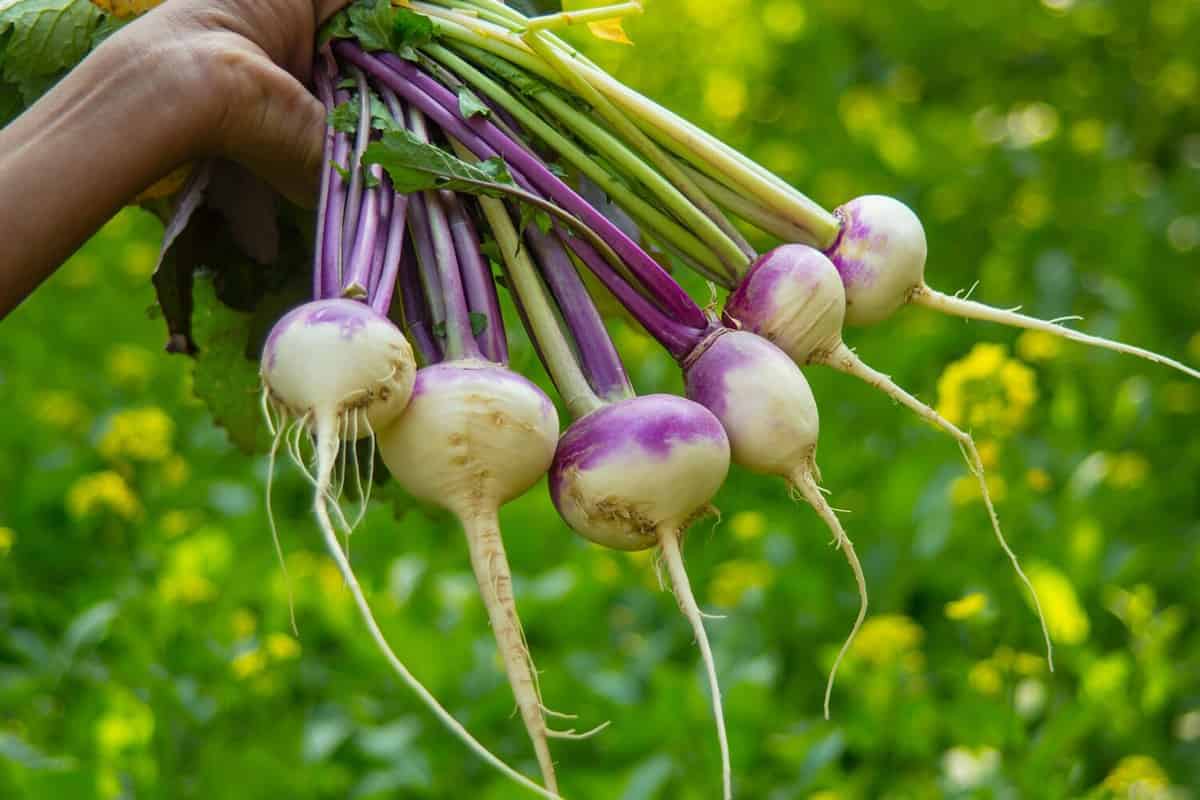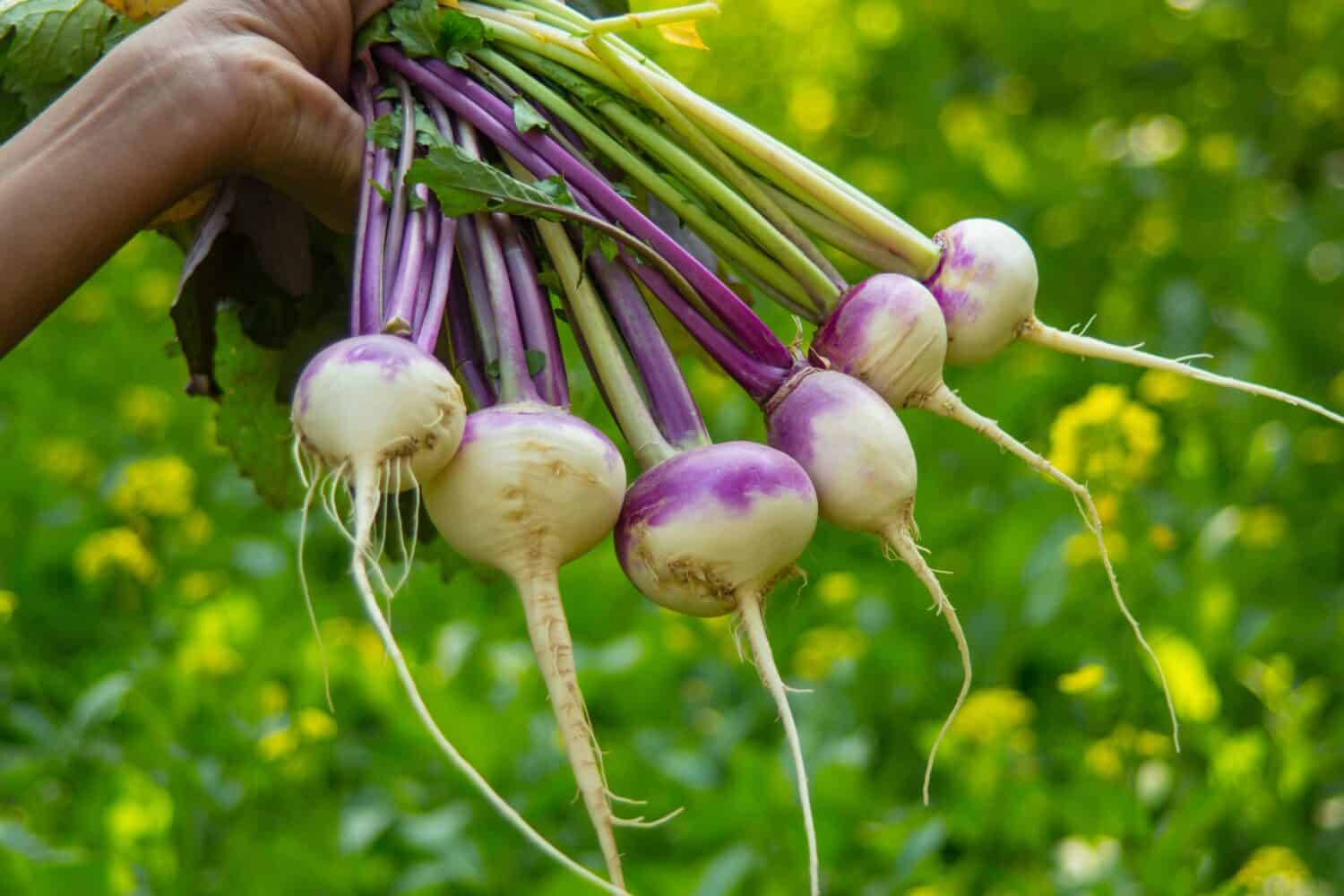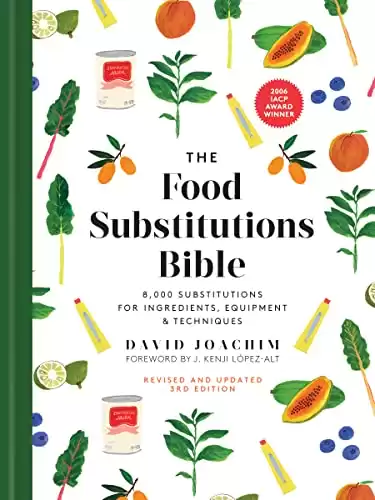If you're a fan of root vegetables, then you probably the divine deliciousness of parsnips and turnips. They have nutrients and unique tastes and are part of some of the best recipes. However, while they are root vegetables, they are far from tasting the same. Parsnip vs. turnips have different qualities that make them stand out.
For instance, parsnips originated from the Mediterranean, while turnips come from Europe and Asia. Another unique difference is that turnips are part of the cauliflower, brussels sprouts, and broccoli family. Parsnip is part of the parsley family. These are only some of the unique differences that make them stand out.
This guide explores the unique differences between parsnips and turnips, especially regarding nutrition and recipes. Looking at the history of these two vegetables can give you a better idea of how they taste, how to prepare them for meals, and how to grow them in your backyard.
- The must-have convenient reference guide for every home cook!
- Includes more than 8,000 substitutions for ingredients, cookware, and techniques.
- Save time and money on by avoiding trips to grab that "missing" ingredient you don't really need.
What Is a Parsnip?
Parsnips are recognized for their white roots. They are oblong and have a pointed shape, similar to a carrot. Unlike turnips, which have a better taste, parsnips have a sweeter and earthier taste, making them pleasant to eat raw.
The nutrients you get from eating parsnips are Vitamin C and E. You also get loads of fiber and potassium, which is excellent for digestion and maintaining fluid inside your body.
You'll find endless ways to make good use of parsnips when it comes to recipes. You can make muffins, salads, and soups.
What Is a Turnip?

©Lahore Qalandars7/Shutterstock.com
As rounded root vegetables, turnips are often recognized by their purple top. Unlike other root vegetables, turnip tops are exposed to natural sunlight, giving them a distinguished purple top.
Regarding recipes, you'll most commonly hear about turnips in soups. They are also popular in salads and pasta dishes. Whatever you decide to eat them with, you'll find they are filled with tons of nutritional value. They have Vitamin C and K, which are great for your blood, minimizing your risk of blood clotting.
The taste of turnips is rather dull, at least compared to parsnips. It's similar to eating cabbage. There's a crunch, and there's hardly any flavor from it. The taste is often described as nutty and earthy. You may get a hint of sweetness from some turnips.
Two Differences to Keep In Mind
The two most common differences between parsnips and turnips are their taste and look.
For example, if you're shopping for turnips, it's important to remember that they have purple tops. Parsnips have white roots. These are their distinguishing features you don't want to mix up, which could leave you with a return trip to the store.
Another difference that you want to keep in mind is the taste. Parsnips are often described as very sweet and can be eaten like a carrot. They are also a great substitute for carrots. On the flip side, turnips are not sweet at all. In fact, they are described as having a bitter taste. They are often best eaten roasted to give them extra flavor.
- The must-have convenient reference guide for every home cook!
- Includes more than 8,000 substitutions for ingredients, cookware, and techniques.
- Save time and money on by avoiding trips to grab that "missing" ingredient you don't really need.
What Are the Best Recipes With Either of Them?
If you want to maximize the taste of turnips or parsnips, you should consider some of the best recipes that complement them. However, avoid substituting them for one another because they taste wildly different. The key is to maximize their flavor with different tried and true recipes that make them taste beyond delicious.
Here are the best recipes to consider with parsnips.
- Garlic butter roasted parsnips
- Parsnips soup
- Creamy parsnips puree
- Maple roasted parsnips
- Honey roasted parsnips
Here are the best recipes to consider with turnips.
- Roasted turnips
- Turnip soup
- Turnip salad
- Carmelized turnips
- Crusted crunched turnips
These recipes give you a starting point of what you can cook with either. You can also eat them raw, but turnips may not have that sweet taste like parsnips do. Either way, you'll find endless ways to eat turnips or parsnips.
Parsnip vs. Turnip: What's the Better Root Vegetable?
Eating root vegetables is beneficial to your health. They offer amazing benefits when it comes to calcium and other nutrients. The distinction between parsnips and turnips comes down to taste and how to cook with them. They have unique flavors that blend well with different recipes, especially regarding soups.
Overall, they are equally tasty root vegetables with a lot of nutritional value. Trying both can give you a better idea of which one you like more. You can also experiment with growing them in your backyard and watching these roots grow into tasty vegetables.
Print
Roasted Rosemary Parsnip Fries
Ingredients
- 21/2 pounds parsnips or carrots, peeled, cut into about 3x1/2” strips
- 1 tablespoon finely chopped fresh rosemary, plus 5 sprigs rosemary
- 1 large garlic clove, minced
- 3 tablespoons olive oil
- Kosher salt, freshly ground pepper
- 1/2 teaspoon (or more) ground cumin
Instructions
- Preheat oven to 450°F.
- Mix parsnips, chopped rosemary, garlic, and oil on a large-rimmed baking sheet. Season with salt and pepper and toss to coat. Spread out in a single layer. Scatter rosemary sprigs over.
- Roast for 10 minutes; turn parsnips and roast until parsnips are tender and browned in spots, 10–15 minutes longer.
- Crumble leaves from rosemary sprigs over; discard stems and toss to coat. Sprinkle ½ teaspoon cumin over.
- Season to taste with salt, pepper, and more cumin, if desired.
The image featured at the top of this post is ©Lahore Qalandars7/Shutterstock.com.
- The must-have convenient reference guide for every home cook!
- Includes more than 8,000 substitutions for ingredients, cookware, and techniques.
- Save time and money on by avoiding trips to grab that "missing" ingredient you don't really need.


